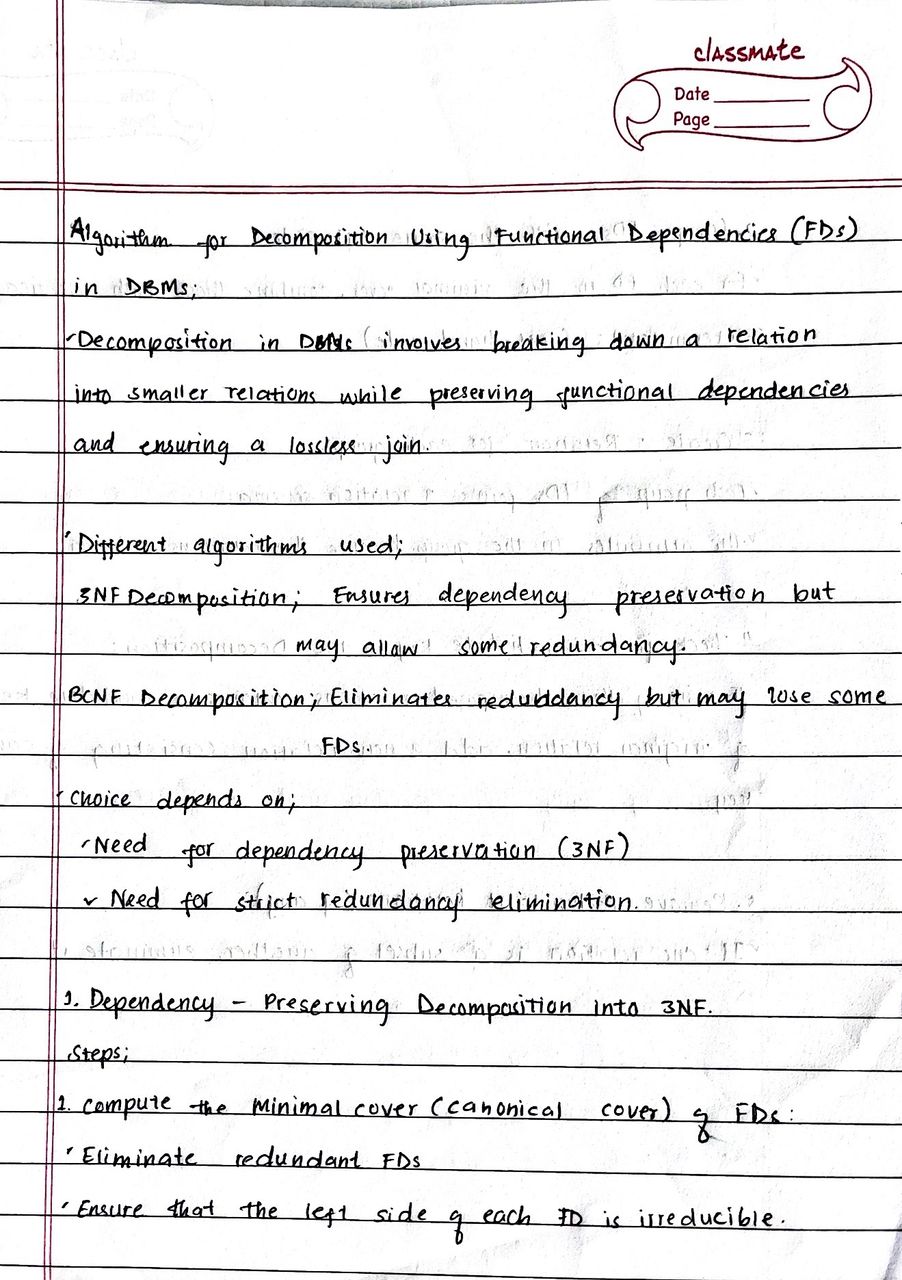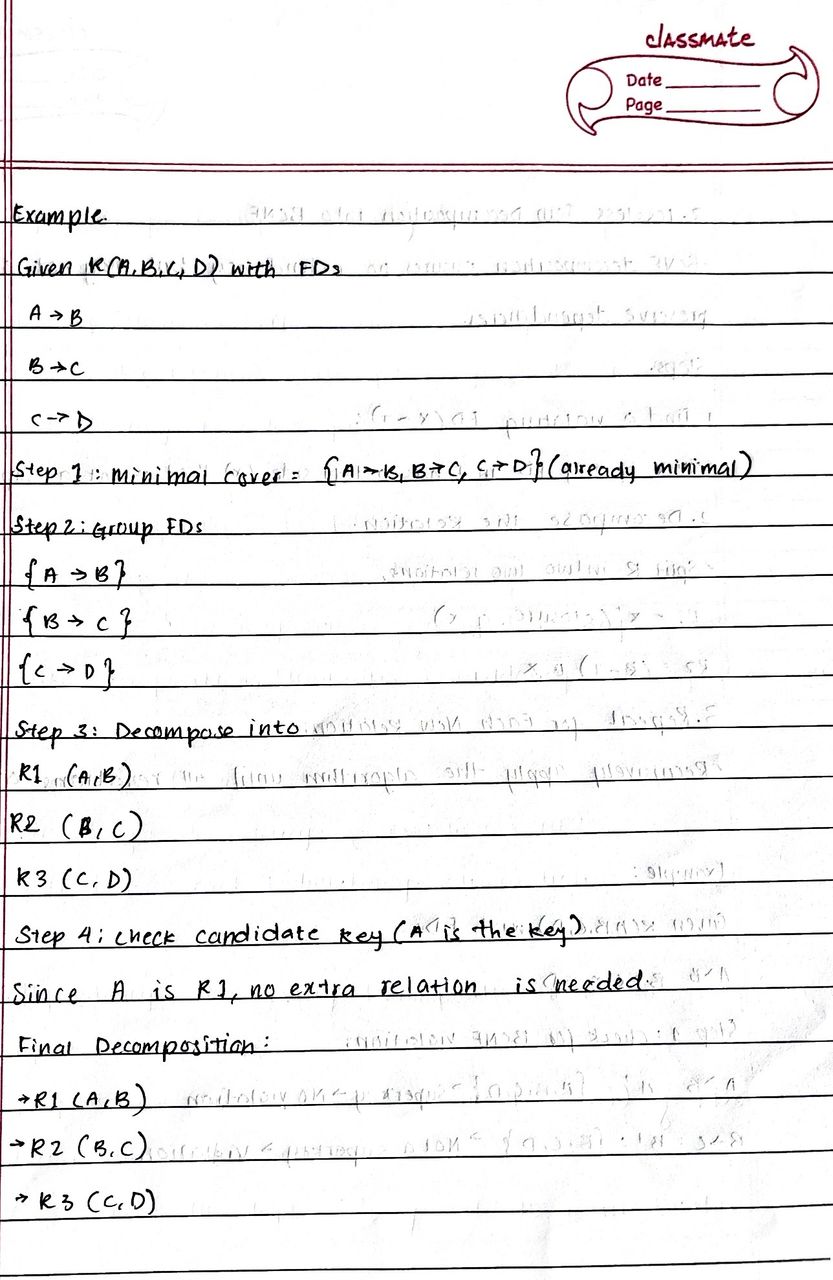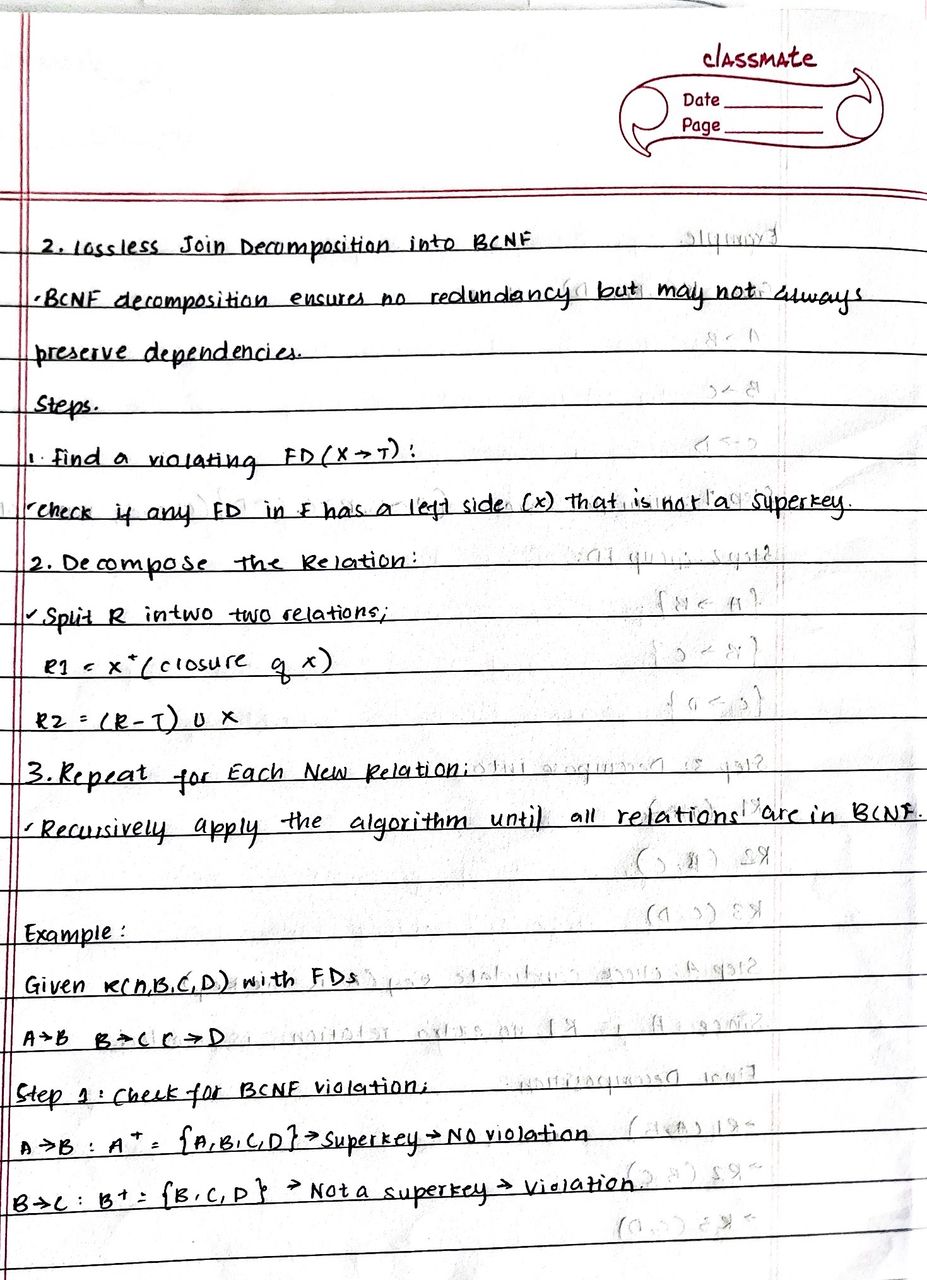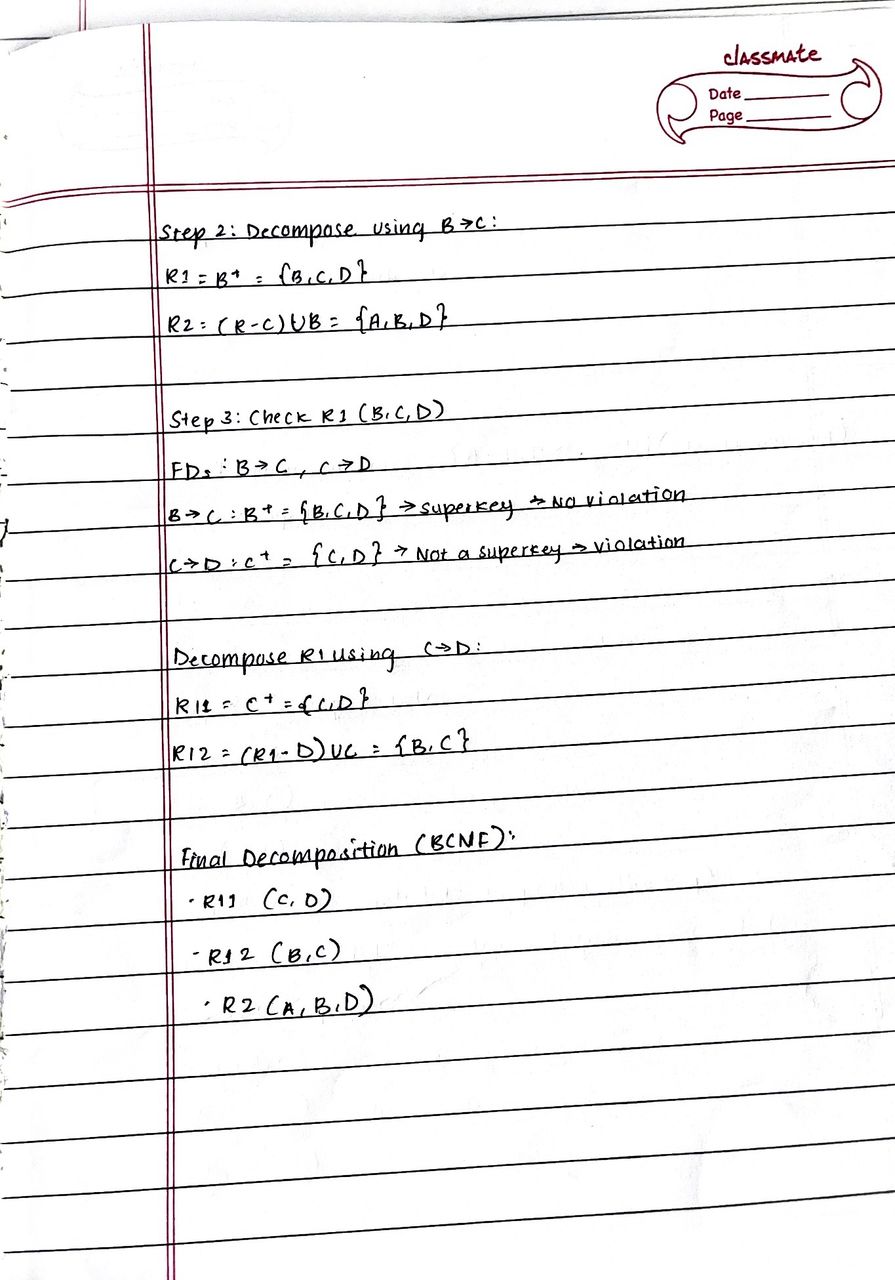Dbs101_unit5
Unit 5: Advanced Database Design and Normalization
When I first dove into Unit 5 of Database Systems Fundamentals, I felt pretty confident about my understanding of database design, especially after wrapping my head around basic normalization.This unit took me far beyond the surface, plunging into the deeper theoretical foundations of database design. It completely changed the way I think about building solid, reliable database systems.
My Initial Understanding of Database Design
Before this unit, my knowledge of database design was limited to:
- Basic entity-relationship modeling
- Simple normalization up to 3NF
- Creating tables with primary and foreign keys
- Basic understanding of functional dependencies
I had no idea about multivalued dependencies, higher normal forms, or the complexities of temporal data modeling. I thought database design was mostly about avoiding duplicate data - I didn’t realize how much mathematical theory underpinned good design practices!
Key Learnings from Unit 5
1. Multivalued Dependencies - Beyond Functional Dependencies
I discovered that even BCNF isn’t enough to eliminate all redundancies! Multivalued dependencies (MVDs) opened my eyes to a whole new class of data relationships:
- Definition: X →→ Y means the set of Y values is determined by X, but independent of other attributes
- Example: In a schema like
inst(ID, dept_name, name, street, city), an instructor with multiple departments and addresses creates redundancy even in BCNF - Solution: Fourth Normal Form (4NF) requires that for every non-trivial MVD X →→ Y, X must be a superkey
1
2
3
4
5
6
7
8
9
10
11
12
13
14
15
16
17
18
19
20
21
22
-- Before 4NF (redundant data)
CREATE TABLE instructor_info (
ID INT,
dept_name VARCHAR(50),
street VARCHAR(100),
city VARCHAR(50),
PRIMARY KEY (ID, dept_name, street, city)
);
-- After 4NF decomposition
CREATE TABLE instructor_dept (
ID INT,
dept_name VARCHAR(50),
PRIMARY KEY (ID, dept_name)
);
CREATE TABLE instructor_address (
ID INT,
street VARCHAR(100),
city VARCHAR(50),
PRIMARY KEY (ID, street, city)
);
2. Higher Normal Forms - The Pursuit of Perfect Design
I was fascinated to learn about normal forms beyond 4NF:
- Project-Join Normal Form (PJNF/5NF): Addresses join dependencies that aren’t captured by MVDs
- Domain-Key Normal Form (DKNF): The theoretical “ultimate” normal form that eliminates all redundancies
While these higher forms are theoretically interesting, I learned that they’re rarely used in practice due to their complexity. This taught me an important lesson about balancing theoretical purity with practical implementation.
3. Atomic Domains and First Normal Form
I gained a deeper understanding of what makes a good 1NF design:
- Atomic Values: Each attribute must contain only indivisible values
- Problems with Non-Atomic Values:
- Redundant storage
- Inconsistencies during updates
- Need for complex application code
1
2
3
4
5
6
7
8
9
10
11
12
13
14
15
16
17
18
19
20
-- Poor design with non-atomic values
CREATE TABLE contact_non_atomic (
contact_id INT PRIMARY KEY,
name VARCHAR(100),
phone_numbers TEXT -- Stores multiple phone numbers as comma-separated values
);
-- Better 1NF design
CREATE TABLE contact (
contact_id INT PRIMARY KEY,
name VARCHAR(100)
);
CREATE TABLE contact_phone (
contact_id INT,
phone_number VARCHAR(20),
phone_type VARCHAR(10),
PRIMARY KEY (contact_id, phone_number),
FOREIGN KEY (contact_id) REFERENCES contact(contact_id)
);
4. Systematic Database Design Process
I learned that there are multiple approaches to database design:
- Entity-Relationship Approach: Start with E-R diagrams, then convert to relations
- Decomposition Approach: Start with a universal relation, then decompose
- Synthesis Approach: Build relations from functional dependencies
The most important design principles I learned:
- Unique role assumption (each attribute has one meaning)
- Consistent naming conventions
- Sometimes denormalization is acceptable for performance
5. Modeling Temporal Data - Databases Through Time
This was one of the most eye-opening topics for me. I never considered how time affects database design:
- Temporal Data: Data valid only during specific time periods
- Challenges:
- Functional dependencies only hold at specific points in time
- Primary keys must include time periods
- Foreign keys become more complex
1
2
3
4
5
6
7
8
9
10
11
12
13
14
15
16
-- Temporal data modeling example
CREATE TABLE course_history (
course_id VARCHAR(10),
title VARCHAR(100),
dept_name VARCHAR(50),
credits INT,
start_date DATE,
end_date DATE,
PRIMARY KEY (course_id, start_date)
);
-- Query to find course information at a specific point in time
SELECT title, dept_name, credits
FROM course_history
WHERE course_id = 'CS101'
AND '2023-01-15' BETWEEN start_date AND end_date;
6. Functional Dependency Theory - The Mathematical Foundation
I was initially intimidated by the mathematical aspects of functional dependency theory, but came to appreciate its elegance:
- Armstrong’s Axioms: Reflexivity, Augmentation, Transitivity
- Attribute Closure: Finding all attributes functionally determined by a set
- Canonical Cover: Minimizing functional dependencies without losing information
7. Decomposition Algorithms - Putting Theory into Practice
I learned systematic approaches to decomposition:
- BCNF Decomposition Algorithm: Iteratively finds and resolves BCNF violations
- 3NF Synthesis Algorithm: Creates a relation for each dependency in canonical cover
Hand written notes
Comparing My Understanding
Before this unit, I saw database design as primarily about avoiding duplicate data. Now I understand it as a rich mathematical discipline with formal theories and algorithms. The ability to:
- Identify and resolve complex dependencies (functional and multivalued)
- Apply systematic decomposition algorithms
- Model time-varying data
- Balance theoretical purity with practical considerations
has completely transformed how I approach database design.
Practical Applications
I can now envision building:
- A product catalog with complex categorization using 4NF principles
- A healthcare system with temporal patient records
- A financial system with transaction history and point-in-time reporting
- A content management system with versioning using temporal data modeling
Conclusion
At first, I’ll admit, terms like “multivalued dependencies” and “temporal data modeling” made my head spin. But as I worked through real-world scenarios, something magical happened - all those abstract concepts suddenly made perfect sense.
What really surprised me was discovering how database design mirrors real life. It’s not just about following rigid rules, but knowing when to bend them for better performance. Those late-night “aww!” moments when I finally grasped higher normal forms? Absolutely worth the struggle.
The biggest lesson? The best database solutions come from balancing textbook knowledge with practical wisdom. I’ve gone from feeling intimidated by theory to genuinely excited about applying these concepts. In fact, I’m already brainstorming how to use temporal modeling in my next project!
This unit has transformed how I see databases ; not just as storage systems, but as living frameworks that evolve with user needs.






